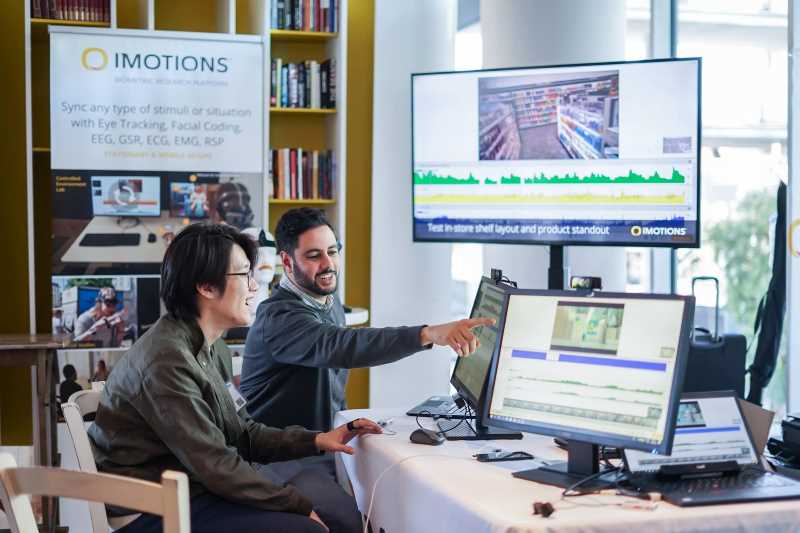We aim to understand how patterns between the emotional facial expressions of therapist and client influence the process of Psychodynamic Interpersonal Therapy (PIT). Method: The faces of both psychotherapist and client were simultaneously video recorded over ten sessions of PIT, conducted over telehealth. The therapist, their clinical supervisor, the presenting author identified occurrences of various meaningful events throughout the psychotherapy recordings (e.g. disjunctions, relationship repairs). The video recordings were then processed via iMotions (Core and Affectiva), to identify the synchronized expression of different emotions throughout each therapy session. The facial expressions of therapist and client were then contrasted at the timepoints identified for each meaningful event. Results: Data is still being collected and yet to be analyzed. However, we will have calculated results to report in advance of the conference. Discussion: Psychotherapy contains multiple psychodynamic threads, running concurrently through multiple embodied channels (e.g. language, face, voice). It is inevitable that at some point in the therapy, the therapist will miss some of this conveyed information due to cognitive limitations or their intended meaning will be misinterpreted by the other person and unintentionally injure the therapeutic relationship. By understanding how the non-verbal expression and perception of emotions influence or parallel the verbal conversation of psychotherapy sessions, we should be able to identify the contexts under which disruptive events (e.g. relationship disjunction) and facilitative events (e.g. relationship repair) develop. The training of new psychotherapists can be improved with this more nuanced understanding of how certain facial expressions can result in consistent miscommunications, under specific therapeutic contexts.
Related Posts
-

Remote Biometric Research: How Cloud-Based Data Collection Is Enhancing Consumer & UX Insights
Consumer Insights
-

Jaguar’s Type 00 Ad: Smiles, Confusion, and Curiosity – What Viewers Really Felt About it
Consumer Insights
-

Choice Blindness – Explaining The Choices We Don’t Make
Consumer Insights
-

Jaguar’s Bold Rebrand Put to the Test
Consumer Insights



